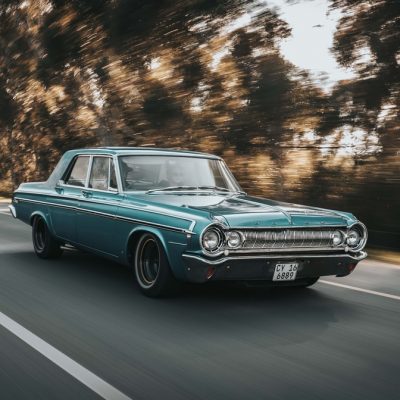We’re not telling you anything new when we say that the diesel car is rapidly falling out of favor. But especially now that we are going on holiday en masse by car due to the current situation with COVID, many individuals are facing considerable challenges.
When you go out with your (older) diesel car and your family and visit cities, you are sometimes faced with nasty surprises. And the diversity of regulations does not make it any easier. So today – a little glimpse into the world of environmental zones.
Close to home – Environmental zones in the Netherlands
The puzzle is not easy for travelers. To be the first to look for it close to home, we zoom in on the Netherlands.
In our own country we also have to deal with environmental zones, for which we can roughly count the large and medium-sized cities. But you also have to deal with variables within our Dutch environmental zones.
A big advantage here is that the website milieuzones.nl simply lets you know where you are or are not welcome by means of your license plate. In any case, this will enable you to be well prepared for your trip. When you encounter a barrier on the spot, signs inform you whether, broadly speaking, you are welcome or not. This is then based on the type of car and age. This communication is the same throughout the Netherlands and therefore quite clear.
And for the gamblers among us – there are active fines in the cities for violations.
Then the rest – environmental zones in Europe
For the European traveler, the story becomes more complex. Highlighted two countries that we as Dutch people often visit in urban areas:
Germany
In Germany, you must prove in which emission class you fall with a purchased vignette on your car. This is linked to your license plate and emission class and can be obtained, for example, via the ANWB prior to your holiday.
Not unimportant – if you are the correct emission class (generally diesel cars younger than 2001, petrol cars younger than 1993) but NOT a vignette, you can still be fined because a vignette is mandatory within these zones and similar cities.
Belgium
Cities such as Brussels and Antwerp also act firmly with yet another set of rules, principles and limitations. The restriction is also significant for petrol cars. Broadly speaking, the rule there is that you are probably better off with the last part of your trip to the center via public transport than with your car. And here too there is a fine and firm – Vehicles are recorded by means of camera registration and a violation here costs you euros 350,=.
Continuous sharpening
Both inside and outside the Netherlands, stricter regulations are still taking place on a regular basis, as a result of which more and more cars are no longer welcome in environmental zones and city centers. This is in line with the trend that we have been seeing for some time, where ‘polluting’ diesel cars are quickly losing their popularity and application possibilities. New diesel cars, especially as passenger cars, are therefore virtually no longer sold.
The trend we see here is that it is no longer just about diesel cars, but petrol cars are also increasingly banned. Some cities are open about their ambitions to pursue completely emission-free zones, where any car with a combustion engine is no longer welcome.
Of course, this is not going to happen overnight – after all, people need to be given space to prepare for these kinds of transitions. But it is clear that the internal combustion engine can count on increasing resistance in more and more areas.

